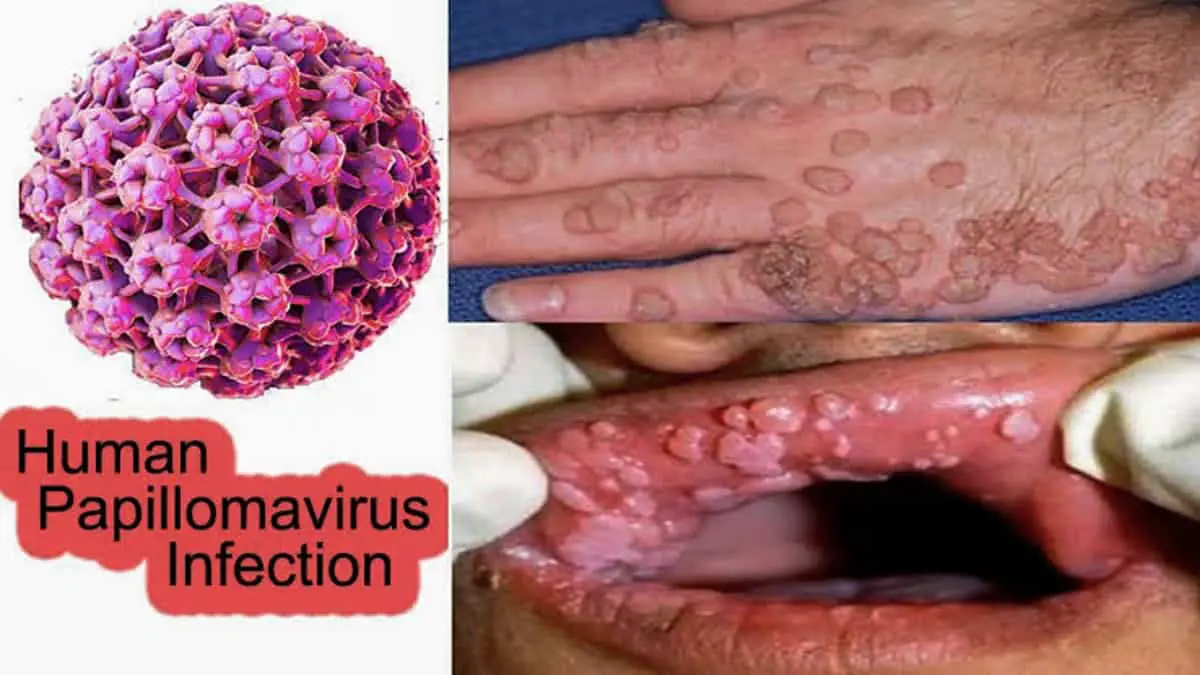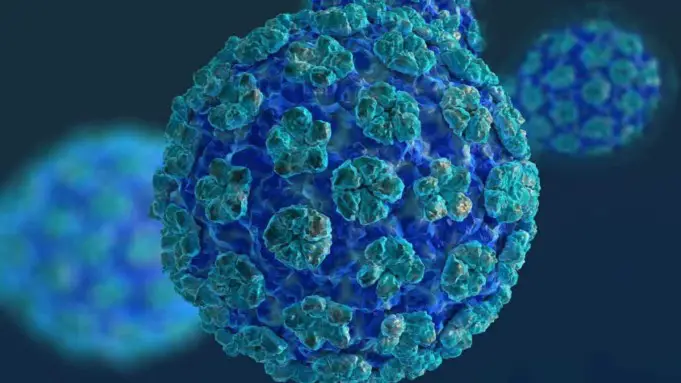Human papillomavirus (HPV) is the most common sexually transmitted infection worldwide. It can also be transmitted between people via skin-to-skin contact.
Most sexually active people would have HPV at some point in their lives, and some may even have a repeated infection. There are over 100 types of HPV and about 90% of HPV strains that do not show any symptoms and typically resolve itself in two years.
However, there are cases of HPV infections that can lead to health problems like the development of genital warts and cancers of the cervix, anus, and throat.
Cervical cancer is the most common type of HPV-related disease. HPV has been attributed to be the cause of nearly all cases of cervical cancer.
More than 40 types of HPV can be spread through sexual contact and infect the genitals and anus. These types of HPV (especially types 6 and 11 can cause genital warts and respiratory papillomatosis ( a disease that causes tumors to grow in the air passages leading from the nose and mouth into the lungs.
Although these conditions are rarely fatal, they may significantly affect the quality of life. Genital warts are highly contagious and affect sexual life.
HPV can be transmitted from mother to child during pregnancy. There have been an estimated 569,000 cases of cervical cancer worldwide, with 311,000 deaths recorded.
The majority of these cases occur in low-income and middle-income countries.
Types of HPV
HPV can be found in cells known as epithelial cells, which are on the skin surface. They can also be found on the surface of the anus, vagina, vulva, cervix, head of the penis, inside the mouth and throat.
Many types of HPV can cause warts on the hands and feet. Others enter the body through penetrative sex. These enter the body through the mucous membranes around the anus and the genitals.
Types of HPV include:
High-risk HPV
These strains of HPV cause cervical cancer and include HPV 16 and 18. Other high-risk HPV are 31, 33, 45, 52, and 58.
Low-risk HPV
Low-risk strains of HPV, like HPV 6 and 11, are responsible for about 90% of genital warts. These warts typically look like bumps and can sometimes be shaped like a cauliflower. There rarely develop into cancer.
Warts can appear weeks or even months after sexual intercourse with an infected partner.
Risk factors for HPV
The risk factors for HPV include:
- Age: Common warts can be found in children. Genital warts are common in sexually active people; these include adolescents and young adults.
- Number of Sexual Partners: The risk of getting infected with HPV increases with the number of sexual partners. A person is more infected with a genital HPV if they have many sexual partners.
- Weakened Immune System: People with a weakened immune system have greater chances of getting infected with HPV. The immune system can be weakened with diseases such as HIV/AIDS or by immune-suppressing drugs.
- Personal Contact: Touching a person’s warts or not wearing protective covering before coming in contact with surfaces that have been exposed to HPV puts one at a greater risk of getting infected by the virus.
- Damaged Skin: Areas of the skin that are opened or punctured are prone to developing common warts.
Signs and Symptoms of Human Papillomavirus

Symptoms of HPV may appear months or years after the initial infection. Some strains of the virus may lead to the formation of warts, while others can increase cancer risk.
Genital warts
Genital warts can appear as a small bump or a cluster of bumps. These warts range in size and appearance. They may be large or small, flat, or cauliflower-shaped. These warts may also be white, red, purplish-brown, or skin-colored.
Genital warts often occur on the skin around the cervix, vulva, penis or scrotum, groin area, and anus.
Warts can cause burning, itching, and discomfort.
- Common warts: These warts appear as rough, raised bumps and typically occur on the hands and fingers. Common warts are often unpleasant to look at and can be painful or susceptible to injury or bleeding.
- Plantar warts: These types of warts are hard, grainy growths that appear on the heels or balls of the feet. They might cause discomfort.
- Flat warts: Flat warts are flat-topped and slightly raised lesions that can be found anywhere on the body. They are typically darker than the surrounding skin and often appear on the face in children and on the beard area in men. Women tend to get them on the legs.
HPV and Cancer
The development of cancerous cells is not common in most people with HPV. The infection, however, can increase the risk, especially in people with weakened immune systems.
A high-risk strain of the human papillomavirus can change the way cells communicate with each other, causing them to grow in an uncontrolled way.
For many people with HPV, the immune system attacks and defeats unwanted cells. If the immune system cannot do this, the cells remain in the body and continue to grow. This may lead to cancer.
According to the National Cancer Institute, it may take a long time (up to 10 – 20 years) for a tumor to develop.
HPV infection can increase the risk of developing cancer in the:
- Vulva
- Cervix
- Vagina
- Anus
- Penis
- Mouth
- Throat
Regular screening can help detect the virus early, and receiving treatment can help prevent the spread of cancer.
Diagnosis
The doctor can diagnose HPV in cases where warts or lesions are visible. Other tests that can be used to diagnose HPV include:
- Pap smear: This involves collecting and testing cells from the surface of the vagina. This can identify abnormalities that may result in cancer.
- DNA test: This test is used to evaluate high-risk types of HPV and may be used along with a pap smear.
- Biopsy: This procedure involves taking a sample of the affected skin to detect unusual cell changes.
HPV Vaccination
According to the Centers for Disease Control and Prevention (CDC), it is recommended that children between the ages of 11-12 be vaccinated to reduce the risk of cervical and other forms of cancer.
This vaccination comes in two stages and occurs 6-12 months apart. There are currently three HPV vaccines available. These include:
- Cervarix
- Gardasil
- Gardasil 9
People who are up to 26 years old have not received the vaccine should ask their healthcare provider about it.
People between the ages of 27 and 45 who have not been vaccinated are eligible for it with Gardasil 9.
Prevention
A person can reduce the risk of contracting HPV via the following means:
- Use barrier protection during sexual intercourse
- Get vaccinated with the HPV vaccine
- Limit the number of sexual partners
- Avoid sex while genital warts are present
To prevent the spread of warts:
- Avoid touching warts
- Wash hands after touching a wart
- Use footwear in public areas if warts are present on the feet
- Treat and cover warts until it disappears
- Avoid sharing personal items such as towels to reduce the spread of warts.
Sources;
- Everything you Need to Know About Human Papillomavirus Infection – Healthline
- Genital HPV Infection – Fact Sheet – Centers for Disease Control and Prevention
- Human papillomavirus (HPV) and cervical cancer – WHO
- What is human papillomavirus (HPV)? – MedicalNewsToday
- HPV Infection – MayoClinic












